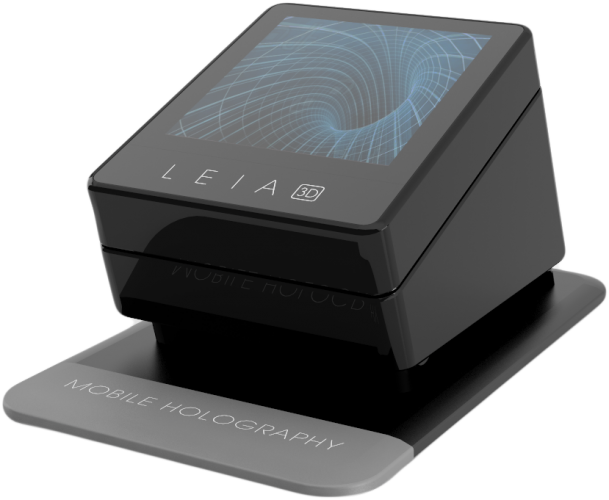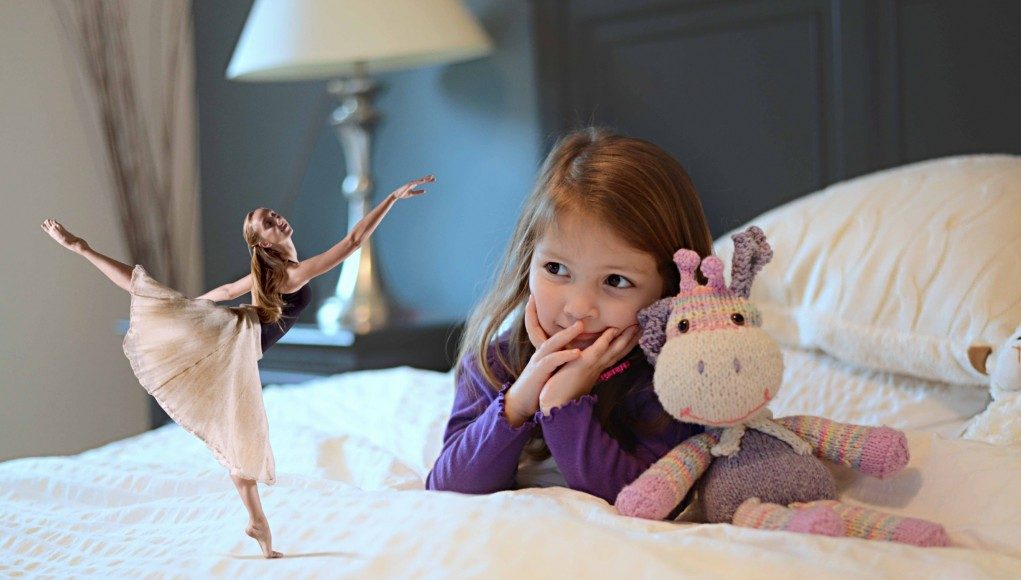In another in a series of articles, Noah Nelson reports from the annual Online News Association’s meeting and ponders the future of virtual reality journalism, and it’s probably not holograms (at least not yet).
Noah Nelson (@noahjnelson) is the head writer of Turnstyle News, a public media website that covers tech and entertainment, and a project of the Peabody Award winning Youth Radio.
Last week, whilst all of you were at Oculus Connect, I was across town in Los Angeles at the Online News Association’s 2015 meeting. ONA is a gathering of thousands of journalists who work for everyone from ABC to Yahoo.
 Amongst all the talk about ad blockers and ethics there were a few pioneers talking about our favorite topic: virtual reality.
Amongst all the talk about ad blockers and ethics there were a few pioneers talking about our favorite topic: virtual reality.
There were educational sessions about how to get started with VR journalism, and other explorations of the current state of the art by agar evangelists. But the most interesting-and probably influential-mention of a VR was by someone who isn’t sold on HMDs.

Futurist Amy Webb (@amywebb) gives an annual talk at ONA outlining tech trends for journalists. This is about tools journalists can–and should–be using. Webb gives a guide to her forecasts, letting the assembled know what is likely to come to pass and what is a sure thing.
To give you a sense of how influential Webb’s presentation is I’ll tell you this: it was the final program on the last day–a Saturday–and she gave it to pretty much a full house.
You can see Webb’s presentation for yourself below, there’s non-VR stuff in there that will give you both thrills and chills.
When it comes to a VR journalism Webb isn’t sold. She’s into the idea of immersive documentaries, but when it comes to the news–as made by media companies who specialize in such–Webb advises them to walk on by. She did, however, tell the assembled producers, academics and news directors that they should be getting ready to think about designing for the Metaverse.
Now this might seem like a contradiction. Isn’t VR the Metaverse? That’s the whole point, right?
Webb sees the Metaverse as something that bridges VR, AR and a category we don’t talk about much: holograms. Webb actually brought along a surprise, a start up in holography with a device called LEIA 3D (yes, named after you know who), who were announcing that their SDK was now available.
(It may strike you as odd that a tech start-up would launch their SDK at a news conference as opposed to, say, TechCrunch Disrupt. I certainly noted it that way.)
There were LEIA 3d displays in the back of the hall, and you better believe I made a beeline to them as soon as Webb was done. The creators brought two–one of them frankest wined with a leap motion sensor. Both roughly palm-sized cubes. Neither with much more holographic oomph than a Nintendo 2DS.

This is what’s going to be bigger than the Rift?
Not bloody likely.
Well… not likely yet.
Look, whatever generation LEIA 3D is at, whatever wizardry is going on over at Magic Leap, the real issue is content. Media makers of all stripes need to start thinking about designing for the Metaverse. Specially they need to start thinking about designing for people having experiences in and with the Metaverse. On this I follow Webb’s lead.
Content creation tools and middleware that can move assets cleanly from a Project Tango AR interface to the Rift to a holographic display—like whatever LEIA 3D 3.0 winds up being— are needed. Will those tasks all fall to Unity and Unreal? Will someone come in and do for those tools what iMovie did for Final Cut?
Nor is it the tools that matter alone. It’s the way news producers, journalists, filmmakers, television writers and artists of all stripes think about the Metaverse that matters most. The Metaverse is the most visceral of all mediums. Presence is no joke: whether it’s a matter of “teleporting” users into a virtual world or bringing the inhabitants of far off lands into our homes via projectors.
On that note: I think Webb is underestimating VR’s impact and adoption rate. Given how cheap the Gear VR is going to be I honestly think we’ll see a market for short form VR develop rapidly. Outfits like VICE and services like Gannett which embrace HMDs are going to have major brand advantages with those users, and be a step ahead as AR and holotech advances.
So get out there and start making (tools to distribute VR) headlines!








